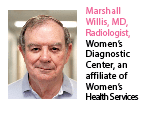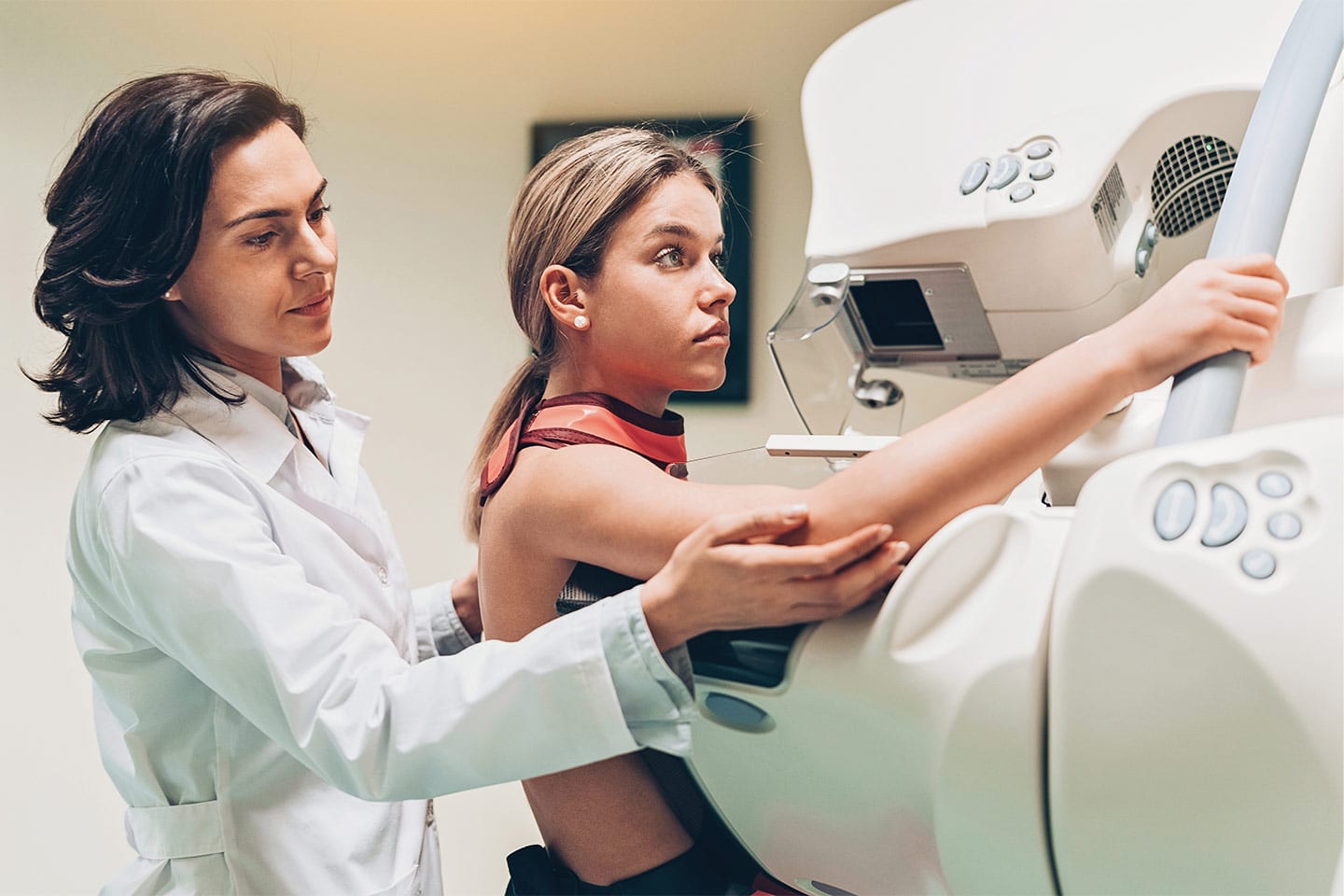Expert Advice:
“No woman is totally safe from getting breast cancer. While those with a family history have a statistically higher probability, most wo-men diagnosed will NOT have a family history. That’s why I recommend every woman begin monthly breast self-exams at a fairly early age and begin annual mammograms at age 40. I would 

#1. Develop “breast awareness.” Breast awareness is about knowing how your breasts normally look and feel – and paying close attention if something seems off. If you notice any changes, even if they seem minor, it’s important to consult a health professional. Red flags include:
-a lump, hard knot, or thickening inside the breast or underarm area swelling, warmth, redness, or darkening of the breast
-change in the size or shape of the breast
-dimpling or puckering of the skin
-itchy, scaly sore or rash on the nipple
-pulling in of your nipple or other parts of the breast
-nipple discharge that starts suddenly
-new pain in one spot that doesn’t go away
If you aren’t sure what is “normal” for you, a monthly Breast Self-Exam (BSE) can be a helpful tool. It involves feeling your breasts for abnormalities and looking in a mirror for changes in the skin. For full instructions, visit nationalbreastcancer.org/breast-self-exam.
#2. Get regular clinical breast exams. A clinical breast exam is a physical examination of your breasts by a doctor, physician’s assistant, nurse practitioner, or nurse. If you have an annual physical or appointment, it is usually included as a routine check. For women in their 20s and 30s, The American Cancer Society recommends getting a clinical breast exam every three years. Women 40 and over should have one every year.
#3. Get regular mammograms (40+). The American Cancer Society recommends women have an annual mammogram – an X-ray exam of the breasts – starting at age 40. They should continue having one every year as long as they are in good health. Doctors believe that early screening for breast cancer saves thousands of lives each year.
#4. Know you have options. Most health insurance companies pay for breast cancer screening tests. For those who are not insured, the Centers for Disease Control’s National Breast and Cervical Cancer Early Detection Program offers free or low-cost mammograms. To see if you qualify, you can view eligibility requirements at www.cdc.gov/cancer/nbccedp.

Stress and Anxiety: How They Impact Your Overall Well-Being (Beyond Mental Health)
Stress and Your Physical Health In today’s fast-paced world, stress has become an inevitable part of daily life for many of …



